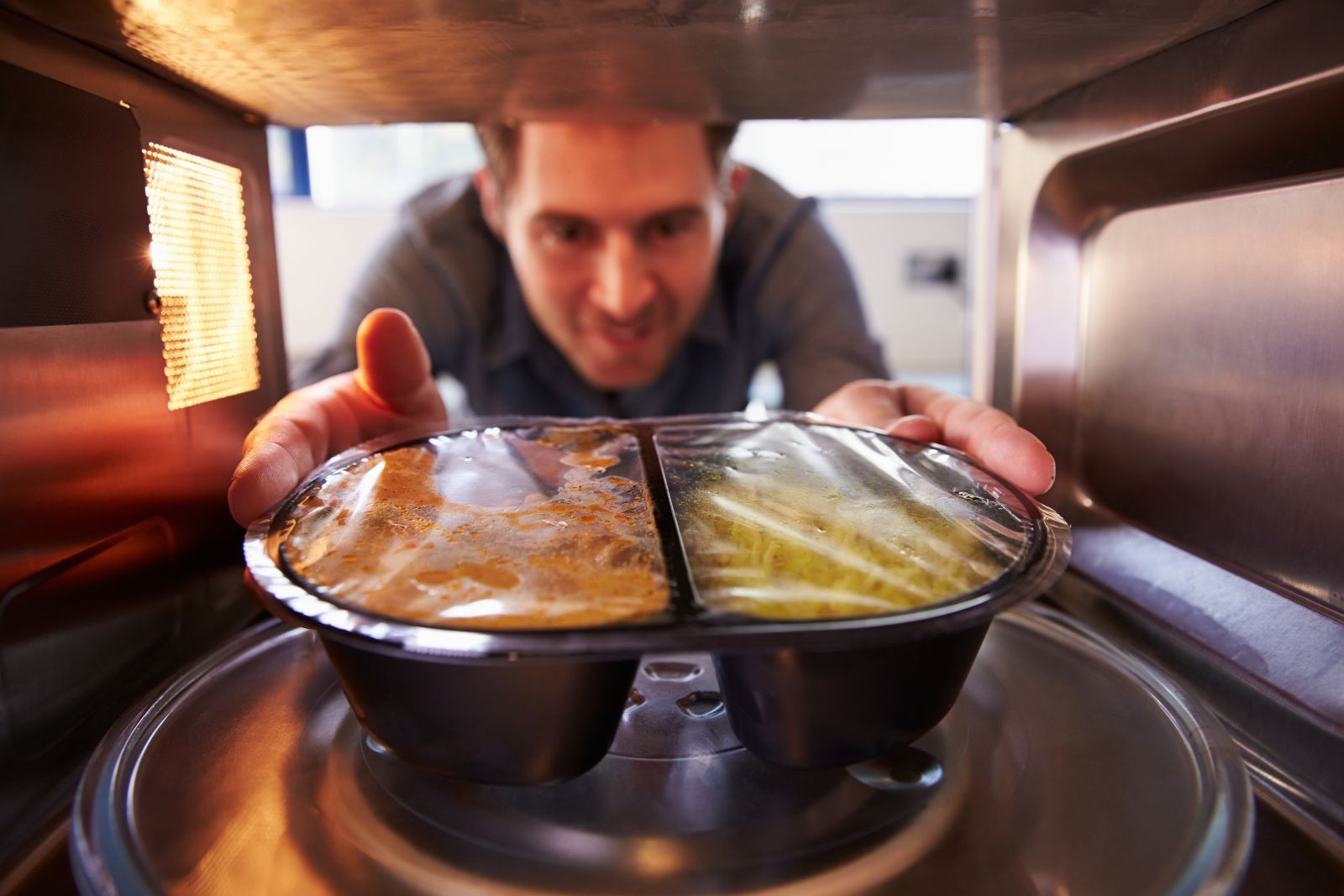Microwave ovens are a staple in modern kitchens, prized for their speed and convenience. However, a common concern persists: Does Microwaving Food Kill The Nutrients? Let’s delve into the science behind microwave cooking and its impact on the nutritional value of our food.
Understanding Microwave Cooking
Microwave ovens work by emitting electromagnetic radiation, specifically microwaves. These waves interact primarily with water and other polar molecules within food, causing them to vibrate rapidly. This rapid vibration generates heat, effectively cooking the food from the inside out. This contrasts with conventional ovens, which heat food from the outside in.
The Impact of Microwaving on Nutrient Retention
The question of whether microwaving destroys nutrients is complex. It’s true that all cooking methods can affect the nutrient content of food. Heat, light, and oxidation can all degrade certain vitamins and minerals. However, microwaving doesn’t necessarily lead to greater nutrient loss than other cooking methods.
In fact, studies have shown that microwaving can actually preserve certain nutrients better than boiling or frying. The key factor is cooking time. Because microwaves cook food quickly, they expose nutrients to heat for a shorter duration.
Comparing Microwaving to Other Cooking Methods
-
Vitamin C: Vitamin C is a heat-sensitive nutrient that is easily lost during cooking. Microwaving, due to its shorter cooking times, can help retain more vitamin C compared to methods like boiling.
-
Glucosinolates in Broccoli: Broccoli, known for its cancer-fighting properties, contains glucosinolates. Boiling broccoli can leach these compounds into the water, reducing their nutritional value. Steaming, including microwave steaming with a small amount of water, is a better option for preserving glucosinolates.
-
General Vegetable Preparation: When cooking vegetables, the method that retains the most nutrients involves short cooking times, minimal liquid, and lower temperatures. Microwaving often fulfills these criteria, effectively steaming the food from within and preserving vitamins and minerals.
Best Practices for Microwaving to Maximize Nutrient Retention
To minimize nutrient loss when microwaving, consider these tips:
- Use minimal water: Add only a small amount of water to create steam and prevent the food from drying out.
- Cook for the shortest time possible: Avoid overcooking, as prolonged exposure to heat degrades nutrients. Follow the microwave’s cooking instructions and check for doneness frequently.
- Use microwave-safe containers: Ensure your containers are designed for microwave use to prevent harmful chemicals from leaching into your food.
Microwaves: A Convenient and Nutritious Option
While no cooking method is perfect, microwaving offers a convenient and often nutritionally sound way to prepare food. By understanding how microwaves work and employing proper cooking techniques, you can minimize nutrient loss and enjoy healthy, delicious meals. Remember that a varied diet rich in fruits and vegetables, regardless of the cooking method, is essential for overall well-being.
Ultimately, the microwave oven stands as a testament to modern convenience and can be a valuable tool in maintaining a healthy lifestyle. The key is to use it wisely and in conjunction with a balanced diet.
